This February, Fund for Teachers is celebrating Black History Month by highlighting some of our Fellows’ journeys to bring a better understanding of the African American experience to all students. In this four-part blog series, we’ll be diving into everything from the Transatlantic Trade to student advocacy. This week, we are taking a deeper look at how history is taught with our Fellows Pearl Jonas, Kristen Peterson and Melissa and James Petropoulos. Read on to learn more about their experiences in the classroom and how they are honoring Black History Month in their schools.
History shouldn’t be subjective. Facts are facts. Who records and repeats the facts, however, often determines the truth that’s shared. Pearl Jonas, teacher at Science Leadership Academy in Philadlephia, PA, strives to reduce the risk of fragmented history by teaching with artifacts and primary sources. To teach African American history to freshman in an urban setting, she used her Fund for Teachers grant to go to where the African Americans’ history began — the Transatlantic Slave Trade in Africa.


Classwork at The Dakar Institute of African Studies, combined with excursions to historical sites such as Goree Island, once the largest slave-trading center on the African coast, now informs one of five different African history units. The first two units of her African American history class now include primary sources, concepts, and debates that she collected and engaged with while in Senegal. Topics such as the Negritude literary movement and Islam in Africa, as well as discussion about how oral tradition influences history, also help students reconsider previous misconceptions.
“This kind of framework is not available in textbooks,” said Pearl. “We now spend time breaking down the Transatlantic Slave Trade and learning about why it happened so we can gain a deeper understanding of what drives people and a society to commit crimes against humanity.”
While Pearl chose to design a fellowship focusing on the pre-history of slavery to construct an accurate and mindful curriculum, Melissa and James Petropoulos realized that the curriculum they taught was simply wrong. Textbooks used at Rowayton Elementary School in Norwalk, CT, stated that slaves in Connecticut were “treated as family,” giving students false perceptions of enslaved Africans in New England. James and Melissa designed a tour of sites associated with slavery during America’s Colonial period to give students the real story.

Evidence of a slave’s resistance through sabatoging work – toe prints in the brick before it went into a kiln.
“In that erroneous history book, slavery was trivialized and in many other books there was little focus on the dignity of the enslaved,” said Melissa. “We wanted to make a clear point through this fellowship: humanity trumps slavery.”
The husband/wife team drove from Connecticut to Louisiana, stopping at museums and sites that honor the culture, beliefs, relationships, and memory of enslaved Africans. They now integrate a new story into history lessons, accompanied by artifacts and interviews collected from their fellowship.
“Rather than teaching about slavery from the point of view of slaves being victims, I now demonstrate how they were heroic, resistors and contributors to our shared American history,” said James.
As a white teacher in an urban district, Kristin Peterson, teacher at John A. Johnson Achievement Plus Elementary in Saint Paul, MN, realized that her own lack of knowledge about her students’ heritage hampered their learning and self-esteem. She identified the new National Museum of African American History & Culture in Washington, DC, as the most reliable resource for learning about the accomplishments and hardships African Americans endured during the past 300 years. On her fellowship, she spent four days roaming six floors of galleries in the Smithsonian Institution’s newest museum, photographing exhibits and filming presentations and interviews with museum staff. She also purchased items for students to experience the museum in multi-sensory ways, such as basket weaving kits, quilts, music, maps and even a cook book.
“While I understand that I can never fully empathize with the experience of African Americans, I feel like I now have a very rich understanding and insight for what people went through and what their lives were like,” said Kristin.
Kristin has since incorporated technology into lessons in order to share her experiential learning. A “Virtual Field Trip Kit” houses catalogued items that can be checked out to teachers and students, as well. She also placed her research on a district-wide drive for access by every Saint Paul Public Schools teacher. Kristin is a perfect example of the ripple effect one fellowship can have in a learning community. Not only are her immediate classroom students benefitting (as future students will for years to come), but also students throughout the school, her colleagues and even teachers whom she doesn’t know.

Documenting exhibits at the National Museum of African American History and Culture.
These FFT Fellows pursued knowledge in response to learning gaps. In Kristin’s case, her own understanding was enhanced in an effort to encourage students with their history. For the Petropouloses, the state’s incorrect information is what needed to be addressed so their students could learn true history. And Pearl used her grant to seek information that wasn’t available anywhere else. Fund for Teachers is honored to serve as a bridge that takes exemplary educators from where they are to where they want their students to be.
We thank Kristen, Pearl, Melissa and James for sharing their experiences and their students’ learning. Make sure to check our Black History Month feed on our blog here. Next week, we’ll be exploring the topic of identity with more FFT Fellows. Stay connected and find out when it’s live by following us on Facebook, Instagram and Twitter.
 As part of Sara Damon’s AP Geography curriculum, students at Stillwater Junior High School in Stillwater, MN, read They Poured Fire on Us from the Sky: The True Story of Three Lost Boys from Sudan. Sara arranged for one of the authors to visit her class, which led to a fundraising project that raised $5,000 for an initiative of “Lost Boy” Salva Dut called Water for South Sudan. Students’ thirst for more service inspired Sara to then design a Fund for Teachers fellowship that took her to Kenya with the nonprofit H2O for Life, where she analyzed the impact of water wells.
As part of Sara Damon’s AP Geography curriculum, students at Stillwater Junior High School in Stillwater, MN, read They Poured Fire on Us from the Sky: The True Story of Three Lost Boys from Sudan. Sara arranged for one of the authors to visit her class, which led to a fundraising project that raised $5,000 for an initiative of “Lost Boy” Salva Dut called Water for South Sudan. Students’ thirst for more service inspired Sara to then design a Fund for Teachers fellowship that took her to Kenya with the nonprofit H2O for Life, where she analyzed the impact of water wells.























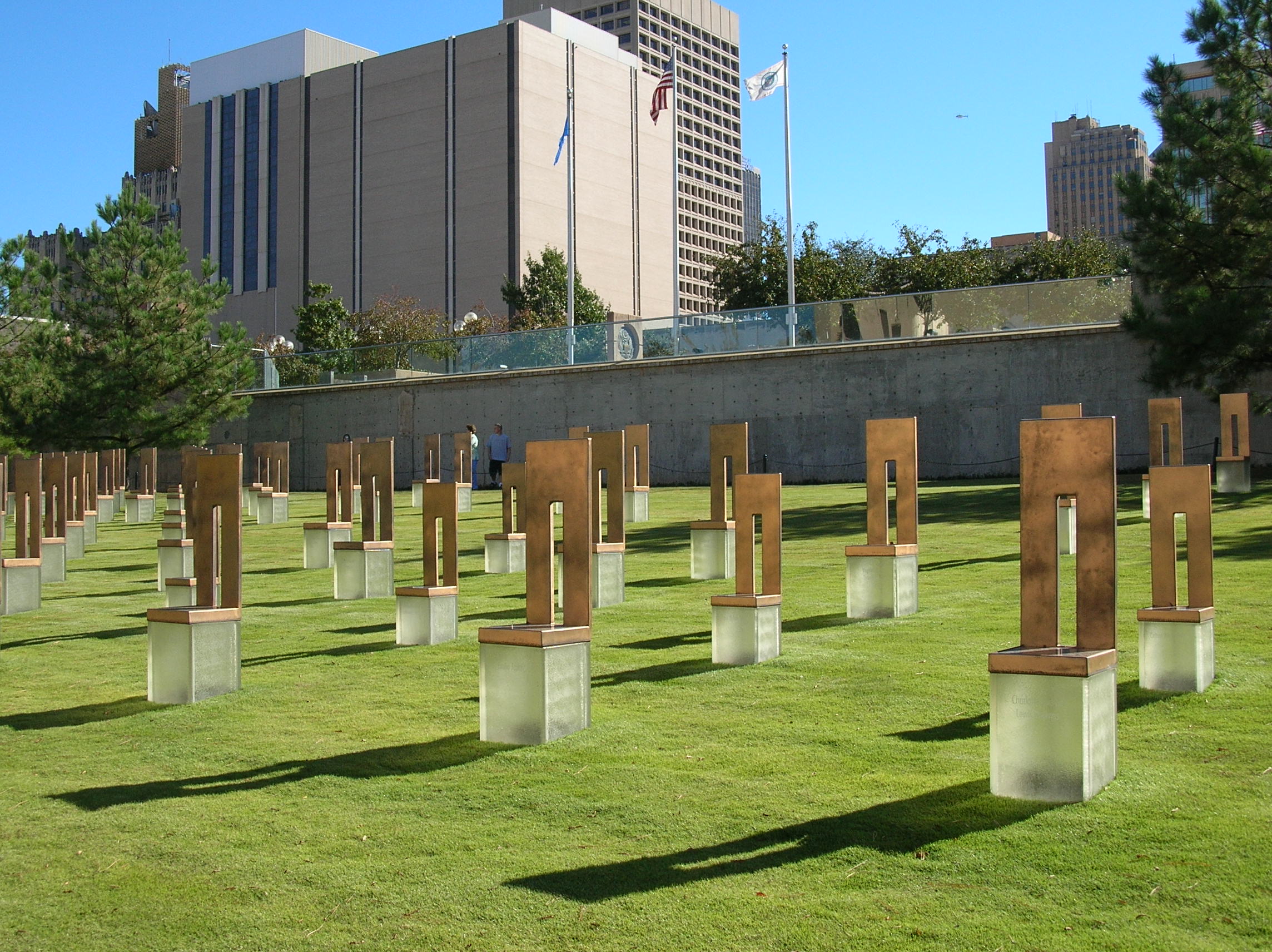
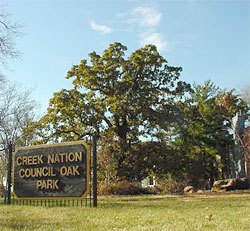
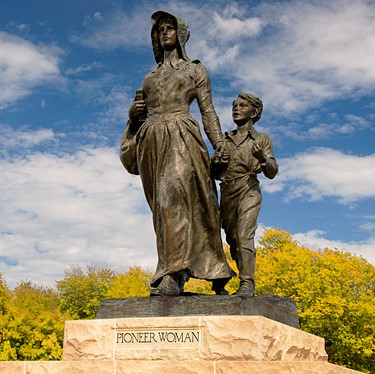

 “When applying for the Fund for Teachers grant, I researched my grandfather’s military service and his path from Nebraska to Normandy,” said Dan. “On D-Day, he flew the Boeing B-17 with the USAF 94th squadron from the
“When applying for the Fund for Teachers grant, I researched my grandfather’s military service and his path from Nebraska to Normandy,” said Dan. “On D-Day, he flew the Boeing B-17 with the USAF 94th squadron from the 
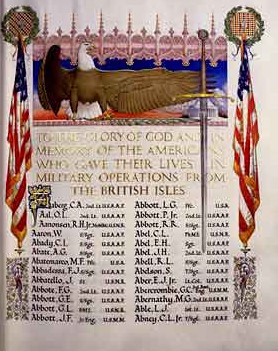
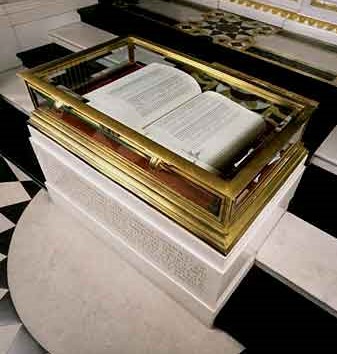



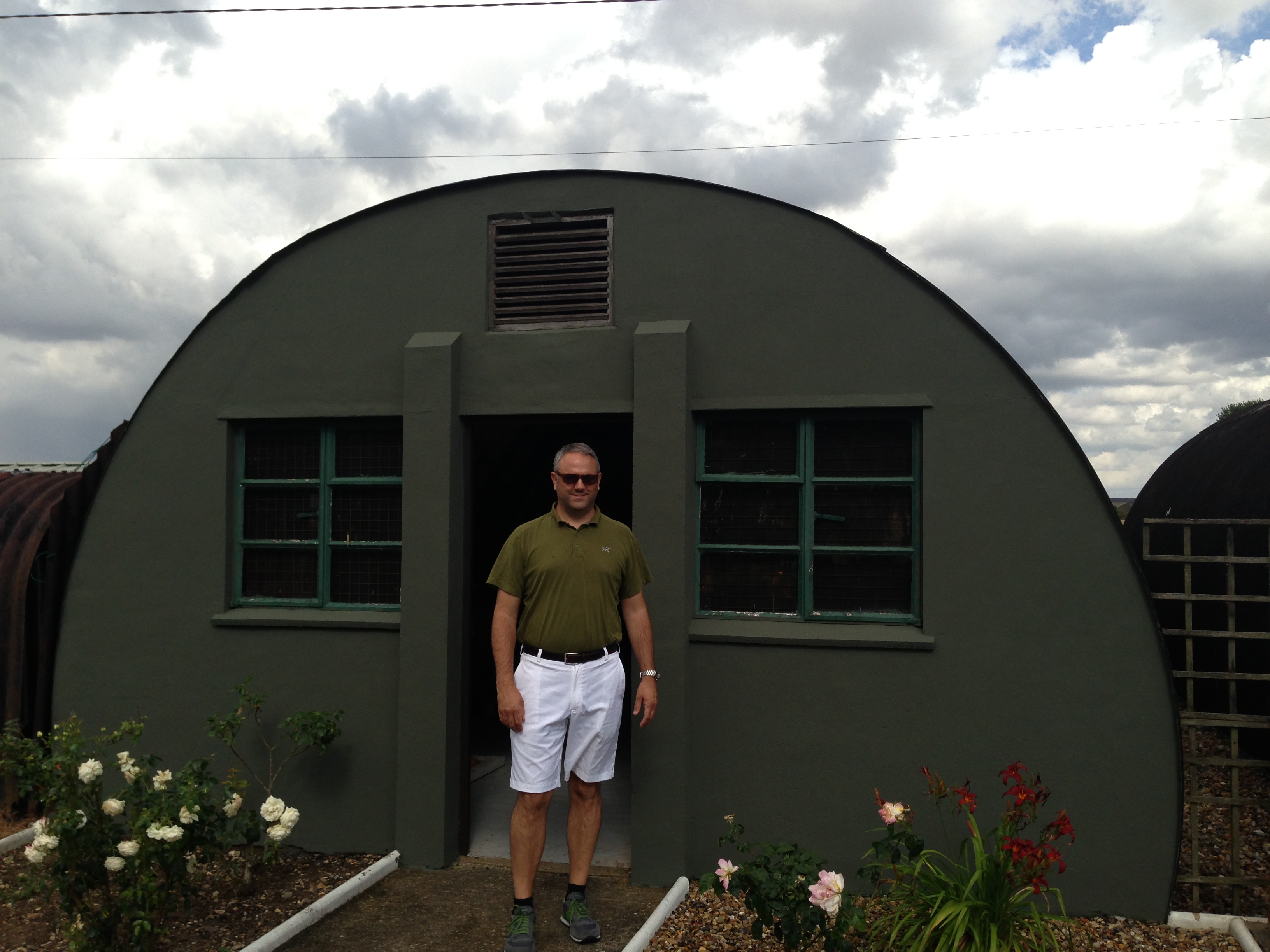
 The students I teach represent a wide range of socio-economic backgrounds, many of whom rarely even leave the county. Their ability to conceptualize the vastness of our country, and our country’s resources is very limited, making it difficult to grasp the scope and initiatives involved in the
The students I teach represent a wide range of socio-economic backgrounds, many of whom rarely even leave the county. Their ability to conceptualize the vastness of our country, and our country’s resources is very limited, making it difficult to grasp the scope and initiatives involved in the 






 For more than a decade, Tim has empowered his students to take ownership over their education and to become independent learners while focusing on character and integrity. Throughout his teaching career, he has coached athletics at both the middle and high school levels and views the competition field as an extension of the classroom where students can push themselves.
For more than a decade, Tim has empowered his students to take ownership over their education and to become independent learners while focusing on character and integrity. Throughout his teaching career, he has coached athletics at both the middle and high school levels and views the competition field as an extension of the classroom where students can push themselves.


 Beverly Brotton (Soddy Daisy Middle School – Soddy Daisy, TN) explored Alaska’s landscapes, examining how humans adapt to challenges caused by humanity and nature, to provide students a first-hand account of climate change.
Beverly Brotton (Soddy Daisy Middle School – Soddy Daisy, TN) explored Alaska’s landscapes, examining how humans adapt to challenges caused by humanity and nature, to provide students a first-hand account of climate change. Rebecca Cutkomp (East Hartford High School – East Hartford, CT) explored Washington’s Spokane Indian Reservation and Alaska’s Denali National Park to enrich student learning in thematic units on identity and aid in students’ deeper insight into rhetorical analysis.
Rebecca Cutkomp (East Hartford High School – East Hartford, CT) explored Washington’s Spokane Indian Reservation and Alaska’s Denali National Park to enrich student learning in thematic units on identity and aid in students’ deeper insight into rhetorical analysis.



 “Why?” is the response of elementary-aged students to virtually every statement, which is why many parents are happily walking their kids back through the school doors right about now. When Lori Lyn’s second graders at Houston’s Hicks Elementary used to ask WHY Texas was so great, she quoted the usual (ranks second in population and size, ecological diversity, Willie Nelson,
“Why?” is the response of elementary-aged students to virtually every statement, which is why many parents are happily walking their kids back through the school doors right about now. When Lori Lyn’s second graders at Houston’s Hicks Elementary used to ask WHY Texas was so great, she quoted the usual (ranks second in population and size, ecological diversity, Willie Nelson, 














 Based on my TGC fellowship, I was able to apply to then attend a conference for alumni of government sponsored international travel. As a participant, I was invited to apply for money to create a project on the subject of inclusion. I was awarded a grant from the State Department to organize and implement the Inaugural ChiUnderOneRoof: Chicago Immigrant and Refugee Resource Fair. My students and I hosted hosted 25 local community organizations who work to support our immigrant and refugee population.
Based on my TGC fellowship, I was able to apply to then attend a conference for alumni of government sponsored international travel. As a participant, I was invited to apply for money to create a project on the subject of inclusion. I was awarded a grant from the State Department to organize and implement the Inaugural ChiUnderOneRoof: Chicago Immigrant and Refugee Resource Fair. My students and I hosted hosted 25 local community organizations who work to support our immigrant and refugee population.